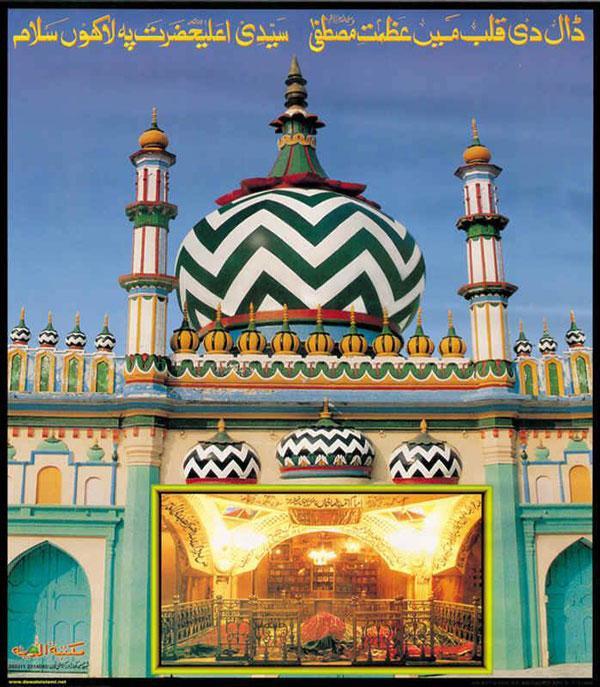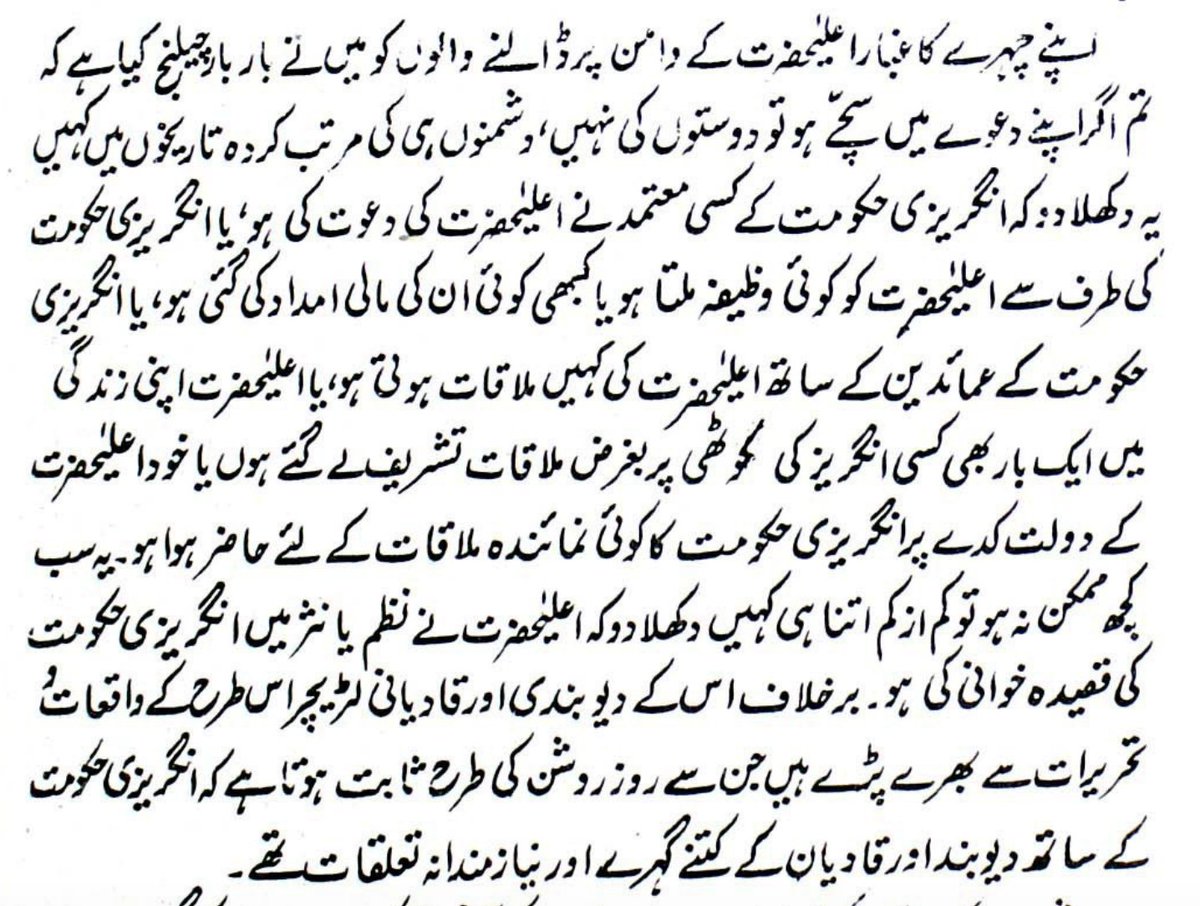
MENTION OF PUNJAB IN MAHABHARATA
The Mahabharata had likely reached its final form in the 4th century CE.
Punjab is referred to as “Pañcanada” (पञ्चनद) in the Sanskrit text of the Mahabharata.
Pañcanada comes from “pañca” (पञ्च), meaning five and “nada” (नद), meaning river.
The Mahabharata had likely reached its final form in the 4th century CE.
Punjab is referred to as “Pañcanada” (पञ्चनद) in the Sanskrit text of the Mahabharata.
Pañcanada comes from “pañca” (पञ्च), meaning five and “nada” (नद), meaning river.
https://twitter.com/a_alij_/status/1327564531380457477
The term Punjab is a compound of the Farsi words, “panj” (پنج), meaning five and “āb” (آب), meaning water. The Farsi term is thus a calque of the Sanskrit word Pañcanada.
We observe this word being used in Book 2, Sabha Parva, Chapter 29:

We observe this word being used in Book 2, Sabha Parva, Chapter 29:


This passage mentions the lands conquered by Nakula, the fourth of the five Pandava brothers. Of those lands, one is Pañcanada.
Once more, we see reference to Pañcanada, in Book 5, Udyoga Parva, Chapter 19, in the description of the multitude of the army of Kauravas:

Once more, we see reference to Pañcanada, in Book 5, Udyoga Parva, Chapter 19, in the description of the multitude of the army of Kauravas:


Moreover, it is mentioned in Book 6, Bhishma Parva, Chapter 20, in the description of those who formed the division of Bhishma: 



It can thus be safely concluded that by the 4th century CE, the term “Pañcanada” was most definitely used to refer to Punjab, and is not a new term nor a recently invented geographical name and/or description.
• • •
Missing some Tweet in this thread? You can try to
force a refresh















